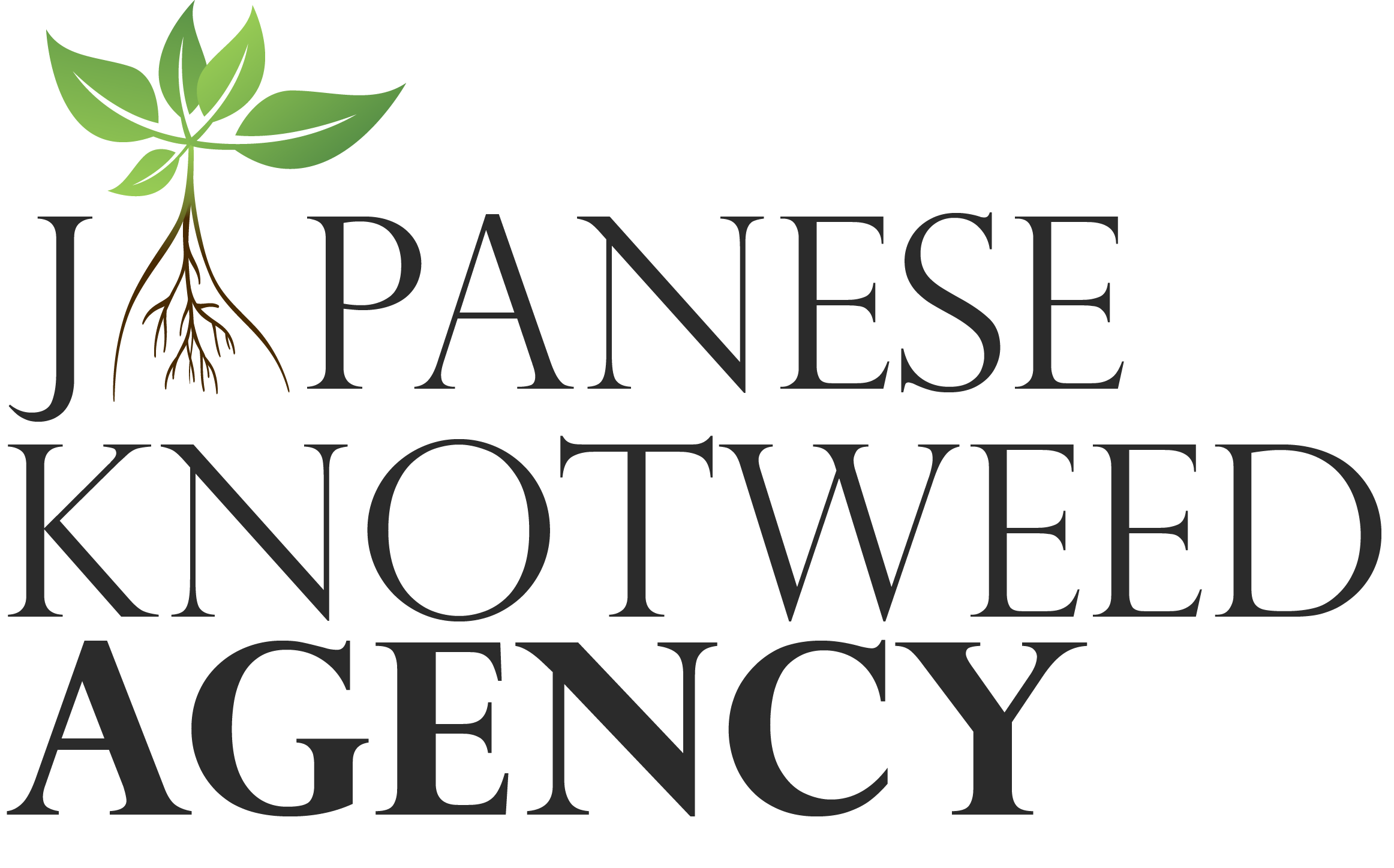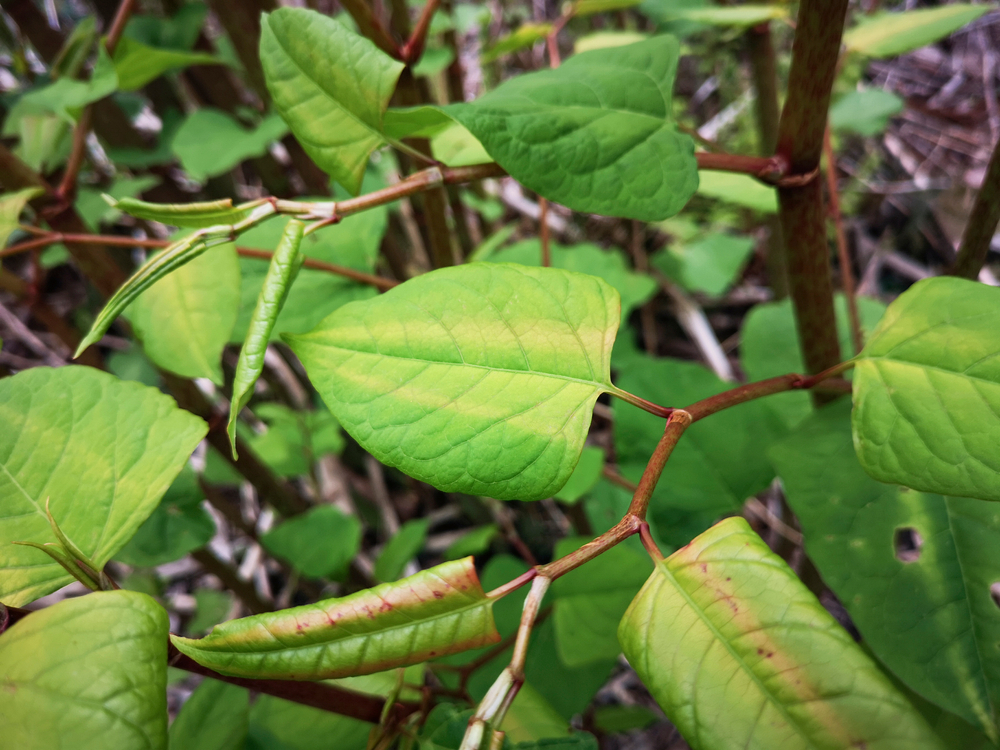It will depend upon your timeframes, site, and budget, and of course the size of the grow of japanese Knotweed and where it is coming from and spreading to.
What are the best methods for removing Japanese Knotweed?
There are various Japanese Knotweed removal methods available, and our panel of experts will be able to recommend the most appropriate option for your circumstances.
What’s your objective – Japanese Knotweed removal or control?
Are you looking for complete removal or control, to prevent further spread and damage? In most circumstances, especially on development sites and in most gardens, complete Knotweed removal should be the objective. Where this is an unattainable goal e.g., Knotweed along a watercourse originating from Knotweed upstream, a control programme may be a more realistic objective. Of course, costs vary where a treatment plan is the least costly, removal which entails a full dig out of soil up to 2 metre’s down and this has to be removed to a controlled waste site, so the costs here are substantial.
What Japanese Knotweed removal methods are available?
If the affected ground is not going to be disturbed (e.g., by construction or landscaping works) AND you have plenty of time (at least one growing season, possibly more) before you want to achieve removal then an in-situ herbicide method may well be more suited. If not, you need to consider a physical removal method.
In-situ Herbicide Treatment
Herbicide treatment can result in eradication, although it is difficult and best left to a specialist in Japanese Knotweed eradication. The minimum time required is one growing season (typically May through to October) involving several applications of herbicide. A typical treatment plan from one of our panel firms would consist of a visit every 3 months and treating every stalk that can be seen and this is particularly helpful in identifying new growth and attacking it as it starts. This can be applied by stem injection. There is always a risk that viable rhizome remains after herbicide treatment so if you are likely to disturb the soils in the area, and re-growth cannot be tolerated, then you should look at a physical removal method.
Physical Removal
Physical removal methods involve the excavation of all infested soil under expert supervision (typically to depth of 2m or more) followed by, either treatment, or disposal of that material. In certain circumstances complete excavation may not be possible e.g. restricted access, underground obstructions such as roots from trees protected by TPO, underground services such as water pipes and sewers, or the presence of groundwater.
What physical removal methods are available?
Once excavated the options for the further treatment or disposal of the excavated soils are:
Extraction– The process separates and removes viable rhizome from the soil, the offending rhizome is taken off site and destroyed, leaving the processed soil to be re-used on site. Extraction is a very quick process so should prevent delays to construction. It has minimal environmental impact, since no infested soil is sent to landfill and no herbicide is used. The only big issue with this type of service is the cost which can run in to tens of thousands of pounds.
Stockpile & treat (Bund method) – Knotweed infested soil is excavated from construction critical areas and stockpiled in a location on site for subsequent herbicide treatment. It relies upon a large area of the site being available for Knotweed treatment in a quarantine area for at least 12 months, in which time herbicide can be applied. The problem with this method is usually space, in that the soil should be spread out to a thickness of only 500mm to achieve eradication in 12 months, so seldom finds favour with developers.
On-site burial– On-site cell burial relies upon the containment of viable rhizome within a very large cell lined with root barrier on all sides, top and bottom. Cell burial for Japanese Knotweed should be considered as a control rather than eradication strategy. We consider there to be better methods.
Supervised Dig & Dump– Dig & Dump is recommended as the method of “last resort” by the Environment Agency. If this method is to be used it pays to have a specialist supervising the work to not only ensure that all legal requirements are met, but also that all, but only, Japanese Knotweed infested soil is removed. Expert supervision can result in significantly reduced volumes, thereby saving cost.
Once we understand your Japanese Knotweed problem, we can recommend the most appropriate method for your situation. Call today on 03335 777 888 and one of our panel experts will be happy to help.


